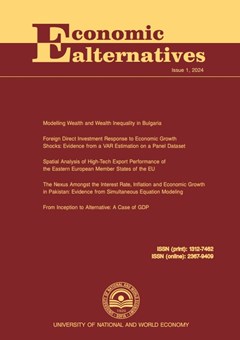Forecasting World Food Price Volatility: Performance of the GARCH Model with Different Distributions Assumptions
Authors: Lagesh Meethale Aravalath, Subhendu Dutta
Abstract
This study examines the performance of the GARCH model with two different error distribution assumptions in forecasting the volatility of the global food price indices. For this purpose, it uses the monthly series of the world food price index (FPI), Meat Price Index (MPI), Dairy Price Index (DPI), Cereals Price Index (CPI), and vegetable Oil Price Index (OPI) sourced from the FAO database over a period from 1990M1 to 2022M3. We found that the model selected by the Akaike information criteria (AIC), the Schwarz criteria (SC), and the Hannan-Quinn (HQ) criteria performs well in the prediction of the volatility of all five food price indices. Further, the in-sample and out-of-sample performance analysis revealed that the GARCH models selected by the information criteria, both the normal and student-t distributions perform equally well in forecasting volatility. Finally, the analysis of the volatility series extracted from the best-fit GRACH models shows that the world food price has witnessed unusually large and sustained volatility during the periods 1994-95, 2007-08, and 2011-12. However, the magnitude of the fluctuations in the world food price observed during the recent Covid19 pandemic period was relatively mild, with the exception of vegetable oil prices.

